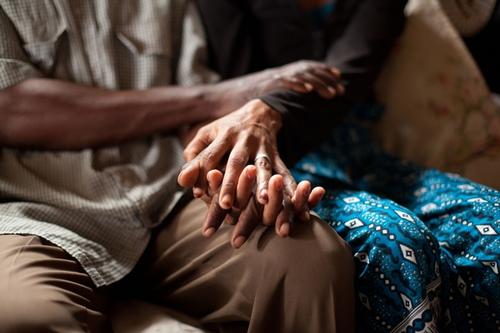Introduction
For over a decade, people living with HIV, treatment advocates, clinicians, and health ministries have been grappling with how to ensure increased access to quality antiretroviral therapy in resource-limited settings.
Although there have been enormous strides over the past decade, constrained budgets and sub-optimal policies that are only slowly changing are impeding the effort to reach all people in need. In addition, too many people are still dying because they do not know they are living with HIV. And many people are being diagnosed with HIV late or fall out of care before starting treatment.
This report outlines some of the strategies, tools and policies that have supported the scaling up of treatment during the past decade as well as those that can address persistent or new challenges. The results are presented from a 23-country survey of how consistently these strategies are being implemented. The findings demonstrate encouraging progress by some health ministries in adopting many of the enabling policies needed to facilitate scale-up and improve care. Nevertheless, the adoption and implementation of these strategies, tools and policies are lagging in some countries.
The survey results provide a mixed picture: 11 of 23 countries have reached antiretroviral therapy coverage of 60% or more. Some countries have already made or are making strides towards their own national targets of reaching 80% of people in need with antiretroviral therapy. On the other side of the spectrum, six countries are still only reaching one third of the people in need or less. As the international norms for HIV move towards better and earlier treatment and technological advancements in diagnostics are becoming available, it is important to shore up and strengthen the remaining key success factors that risk being compromised: political and financial support dedicated to addressing and reversing the epidemic.
The last 12 years of antiretroviral therapy in resource-limited settings have shown that, when treatment is offered close to home and before people get sick, their chances of survival increase.1, 2 In many countries, health facilities are often overburdened and difficult to reach. In response, several treatment strategies were developed to provide care within communities, and these have shown promising results. Such efforts to simplify and decentralize treatment need to accelerate to reach even more people with durable, high-quality care.
To continue to make meaningful progress, affected and donor countries will have to fulfil commitments made at the 2011 United Nations High Level Meeting on HIV/ AIDS, when governments pledged to reach 15 million people with treatment by 2015.3 This target may well need to be revised upwards if earlier initiation of antiretroviral therapy for clinical benefit or for reduction of transmission becomes a global goal. Nevertheless, current antiretroviral therapy coverage is only halfway there: meeting the goal means getting an additional seven million people onto life-saving treatment in the next three years and helping them remain in care. Rapidly increasing the number of people living with HIV receiving antiretroviral therapy and supporting retention in care are major challenges, but the potential to start reversing the epidemic by scaling up treatment provides new motivation and represents an opportunity that must be seized.





